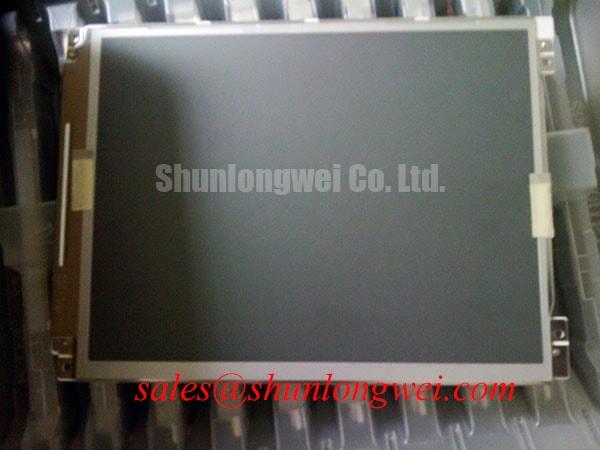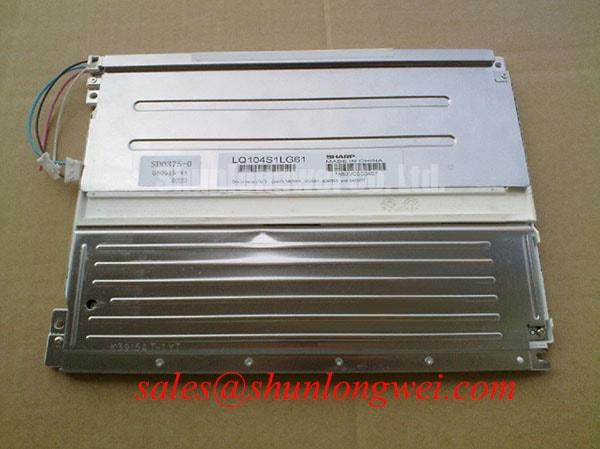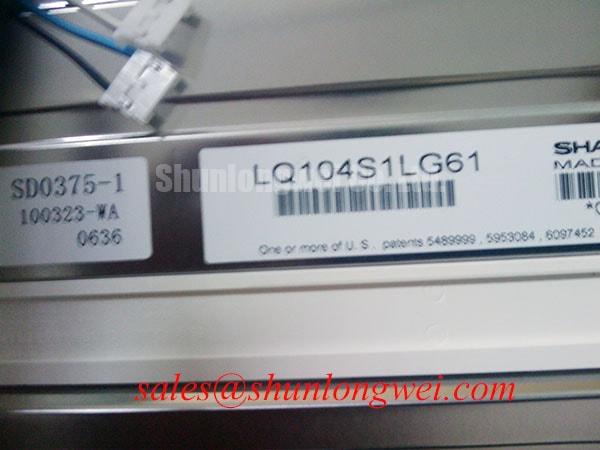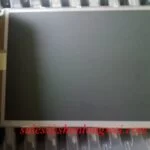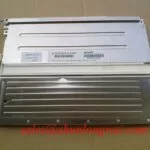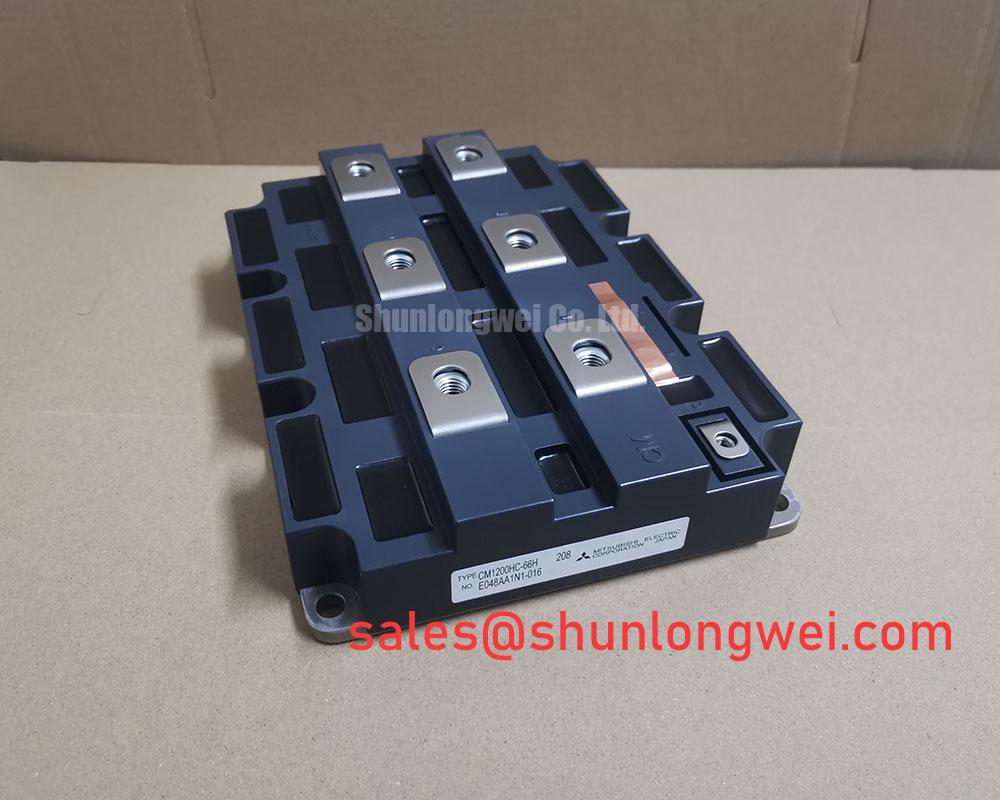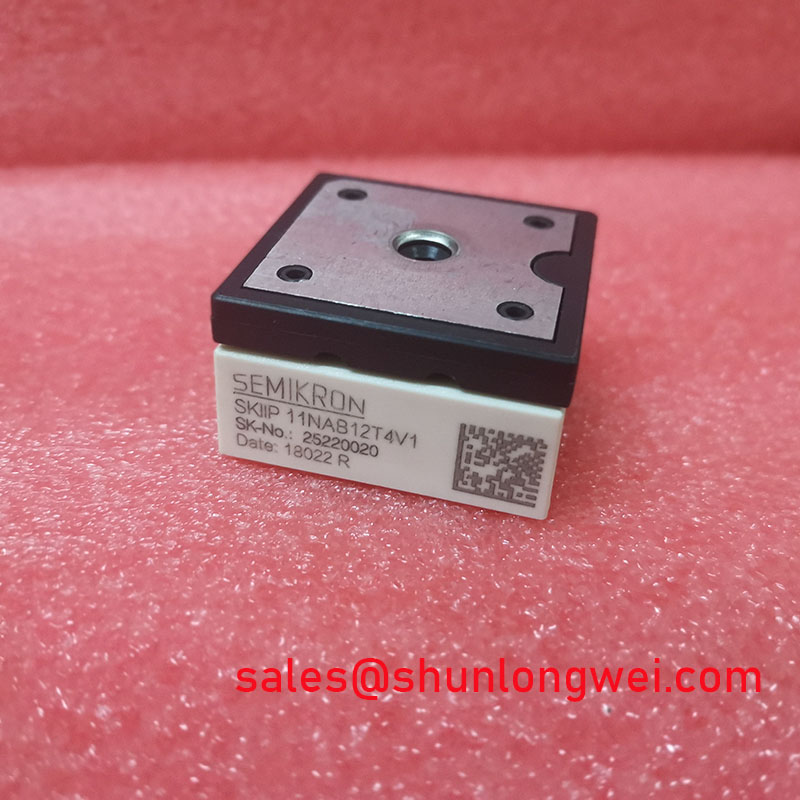LQ104S1LG61 | 10.4" SVGA Display for Industrial HMI
A Robust 10.4-Inch SVGA Display Engineered for Reliability in Demanding Industrial Environments.
The Sharp LQ104S1LG61 is a 10.4-inch color TFT-LCD module designed for enduring performance in challenging operational settings. Key specifications include: 10.4” Diagonal | 800x600 SVGA | -10 to +70°C Operating Temperature. Its primary engineering benefits are a resilient mechanical architecture and superior screen legibility. For designers questioning readability in bright factory conditions, the integrated anti-glare surface treatment minimizes reflections, ensuring clear data visualization and reducing operator eye fatigue.
Application Scenarios & Value
Application Arenas Demanding Unfailing Resilience
The LQ104S1LG61 is constructed to perform reliably where standard displays falter. Its mechanical and thermal resilience makes it a prime candidate for integration into systems that experience constant vibration, intermittent shocks, and wide temperature fluctuations. What is the key benefit of its mechanical design? Dependable operation under specified industrial vibration (1.5G) and shock (10G) levels.
- Industrial HMI Panels: Excels in factory automation, process control systems, and manufacturing equipment interfaces where durability and long-term operational consistency are vital.
- Transportation Systems: Suitable for operator consoles in rail, marine, and specialty vehicles, providing stable visual data despite constant motion and environmental exposure.
- Test and Measurement Equipment: Delivers clear, stable readings in portable or benchtop devices used in field service or on production lines.
- Medical Instrumentation: Offers a reliable display solution for diagnostic and monitoring equipment that requires consistent performance over a long product lifecycle.
For legacy HMI systems requiring a robust 800x600 display capable of operating reliably from -10 to +70°C, the LQ104S1LG61 presents a mechanically sound solution.
Industry Insights & Strategic Advantage
Strategic Value in Long-Lifecycle Industrial Systems
In the industrial sector, equipment lifecycles often span decades, making component longevity and backward compatibility crucial engineering considerations. The Sharp LQ104S1LG61, with its standard SVGA (800x600) resolution and proven CCFL backlight technology, provides a stable platform for both new designs and mid-life upgrades of existing systems. Opting for a display engineered for resilience directly impacts the total cost of ownership. The initial investment is offset by reduced maintenance calls, less downtime, and greater operator efficiency, a stark contrast to the frequent replacement cycles associated with less durable, consumer-grade screens. You can explore this topic further in our guide on Industrial vs. Consumer Displays.
Intra-Series Comparison & Positioning
Positioning the LQ104S1LG61 in the Industrial Display Matrix
The LQ104S1LG61 occupies a specific and critical niche within the industrial display market. Its 10.4-inch diagonal and SVGA resolution represent a standard form factor for a vast range of HMI applications. While higher-resolution displays exist, the 800x600 format provides an optimal balance of information density and element legibility for control-focused interfaces. It ensures compatibility with a wide array of existing software and hardware drivers. For systems requiring the same screen size and resolution but with different interface or optical characteristics, the G104S1-L01 offers a related specification set for evaluation.
Key Parameter Overview
Critical Specifications for System Integration
The following parameters are essential for system design and integration. This data is extracted from the official specification sheet to support your engineering evaluation. For complete details, reference the official product datasheet.
| Parameter Group | Specification | Value |
|---|---|---|
| Display Characteristics | Screen Size | 10.4 inches (26 cm) diagonal |
| Display Characteristics | Resolution | 800(RGB) x 600 [SVGA] |
| Display Characteristics | Brightness | 400 cd/m² (Typical) |
| Display Characteristics | Contrast Ratio | 500:1 (Typical) |
| Display Characteristics | Viewing Angle (CR≥10) | 120°(H) / 100°(V) |
| Display Characteristics | Surface Treatment | Anti-Glare |
| Interface & Electrical | Interface Type | LVDS (Low Voltage Differential Signaling), 1 channel, 6-bit |
| Interface & Electrical | Connector | 20 pins |
| Interface & Electrical | Backlight System | 2 pcs CCFL with included inverter |
| Mechanical & Environmental | Operating Temperature | -10°C to +70°C |
| Mechanical & Environmental | Storage Temperature | -30°C to +70°C |
| Mechanical & Environmental | Vibration Resistance | 1.5 G (10 ~ 55 Hz) |
| Mechanical & Environmental | Shock Resistance | 10 G (98 m/s²) |
Technical Deep Dive
Engineering Analysis of Core Components
A deeper evaluation of the LQ104S1LG61 reveals design choices focused on industrial utility. The display utilizes a standard LVDS Interface, which is critical for maintaining signal integrity over longer cable runs within large machinery and reducing electromagnetic interference (EMI)—a common challenge in industrial environments. This simplifies the electrical integration process for engineers. The backlight system, comprised of two Cold Cathode Fluorescent Lamps (CCFLs), is a mature technology known for its long operational life, specified at a typical 50,000 hours, ensuring sustained brightness for years of service. For a comprehensive overview of the underlying technology, see The Ultimate Guide to TFT LCD.
To facilitate your design and procurement process, our team can provide further technical documentation. Please contact us to request the datasheet or discuss the specific requirements of your application.
Frequently Asked Questions
The datasheet for the Sharp LQ104S1LG61 specifies a typical backlight lifetime of 50,000 hours. This is defined as the time until the lamp brightness decreases to 50% of its initial value when operated under specified conditions.
The LVDS interface uses a reduced number of wires compared to parallel interfaces and offers superior noise immunity. This simplifies PCB layout, reduces potential EMI issues in noisy industrial settings, and allows for greater distance between the display and the driver board, providing more flexible mechanical design options.

